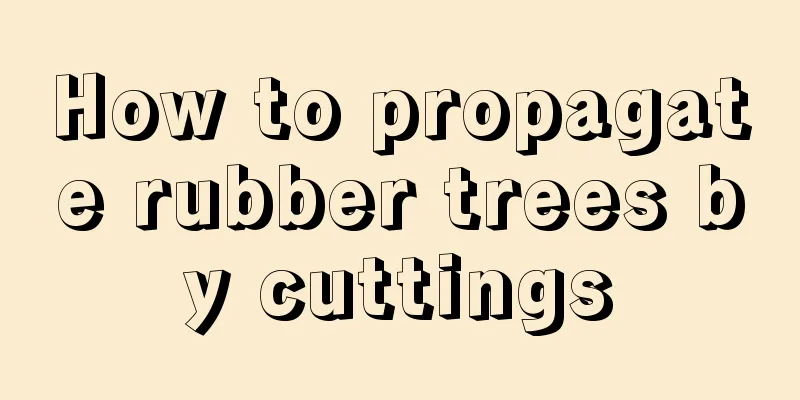Water and fertilizer management of Moon Rabbit Ear

Watering tips for Moon Rabbit EarsThe moon rabbit ears like a dry environment, tolerate partial shade, are afraid of waterlogging, and are afraid of stuffiness and humidity. Therefore, special attention should be paid to watering. First of all, because the moon rabbit ears grow in cool seasons and hibernate in summer, different watering methods should be used according to the different characteristics of the moon rabbit ears in different periods. In summer, due to the high temperature, the growth of moon rabbit ears will slow down or even stop growing and enter dormancy. Therefore, you should reduce watering at this time. However, reducing watering in summer does not mean cutting off water. The moon rabbit ears still need to be watered throughout the summer, otherwise the leaves of the moon rabbit ears will dry up. You can water it twice a month, in the evening after the sun sets and the temperature drops, and you only need to give it a small amount of water. The temperature in winter is relatively low, and rabbit ears may not be able to withstand temperatures below 10 degrees. Therefore, water should be basically cut off throughout the winter and the soil in the pot should be kept dry to prevent frostbite on the plants. During the peak growing season in spring and autumn, do not water excessively, because the Moon Rabbit Ears are afraid of water, so it is best not to have water accumulation in the pot, just keep the soil in the pot slightly moist. Fertilization tips for moon rabbit earsThe growth of moon rabbit ears is relatively slow, so the amount of fertilizer applied is also small. When applying fertilizer, you can apply fertilizer once a month during the peak growing season in spring and autumn, and stop applying fertilizer in winter. It is worth noting that the amount of fertilizer should not be too much, otherwise it will cause the plant to grow too tall. Be as careful as possible when applying fertilizer and do not let the fertilizer stick to the stems and leaves, otherwise it may cause the leaves to turn yellow, the stems and leaves to rot, and cause seedling burn. |
<<: How to prevent orchid diseases and pests
>>: How to grow orchids with better quality
Recommend
Does jasmine need to be pruned in winter?
1. Is pruning necessary? In winter, it needs to b...
Is Jasper suitable for large or small pots?
Should I use a large or small basin for Jasper? J...
Strawberry growth environment conditions and characteristics
Strawberry Growth Environmental Conditions and Re...
Feng Shui Effects of Phlox
Feng Shui of Fulutong Feng Shui meaning of Fuluto...
What to do if the leaves of cycad grow too long
The leaves of Cycas revoluta grow too long becaus...
The main value of Aizen Nishiki
Ornamental value: The shape of its leaves is arra...
I planted a sunflower in spring, the flower was bigger than a washbasin, and I harvested 10 kilograms of seeds!
Sunflowers grow like this, they grow fast Sunflow...
How to propagate agave? Can leaves propagate?
1. Breeding Methods 1. Lateral bud cuttings: Duri...
Causes and treatments for yellow leaves on lupine
1. Unsuitable environment Reason: Some lupines th...
Notice! If you have a cute pet at home, don’t grow these flowers!
evergreen Dieffenbachia is a very good ornamental...
How to propagate violets and what to pay attention to
Violet reproduction method There are many ways to...
How to deal with the small lily after it blooms and how to cut it
1. How to deal with the small lily after it bloom...
What is the flower language of Borage?
Flower language and symbolic meaning witty Borage...
Where do crop seeds come from?
Where do crop seeds come from? Most crops are har...
Can jade trees be placed indoors?
1. Is it possible? The answer is no, it is not su...









